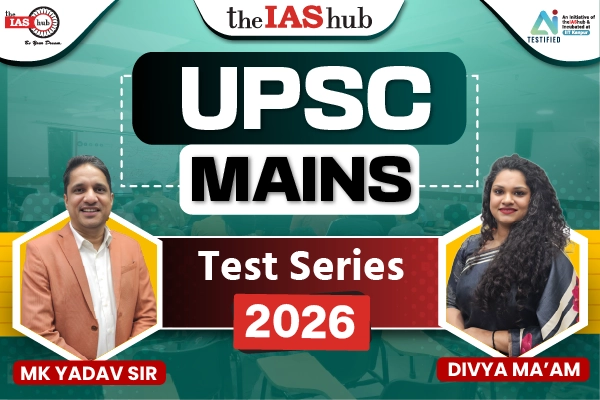Context: Question arises when GoI informed the Supreme Court that stubble burning contributes only 4-10% of Delhi’s air pollution and is not a significant source of pollution.
Impact of stubble burning
- Stubble burning is a short-duration, high-intensity polluting activity: The 15-20 million tonnes of paddy stubble burnt in Punjab, Haryana and western Uttar Pradesh during two months emit PM2.5 that is 4-5 times the PM2.5 emissions from all vehicles plying on Delhi roads in the entire year.
- Scientific studies shows that, intensity of emissions from stubble burning is so high that even if a small fraction of these reaches Delhi, it causes the city’s poor air quality to deteriorate further.
- During the peak stubble burning months, their contribution ranges from 20-30%in Delhi’s air pollution: Pushes Delhi’s Air Quality Index (AQI) from ‘poor’ to ‘severe’ during October-November and leads to all hue and cry, including interventions by the courts.
Reasons for stubble burning
- Stubble-burning is a technology problem: Farmers using combine harvesters which combine reaping, threshing, gathering and winnowing in a single process are most likely to burn stubble, while those practising manual harvesting are not.
- Because combines cut the grainy part of the paddy plant (the spike) and leave about 30 cm of the stem intact in the field.
- Thus, farmers prefer burning over manually cutting the stem, use another machine, practise in-situ management as it is the easiest option.
- Use of straw: In Punjab and Haryana, basmati paddy is mostly harvested manually, because its straw is highly valued as animal fodder.
- The incidence of burning in basmati fields is, very low. Meanwhile, non-basmati straw is not used as animal fodder and hence is burnt.
- Cultural, practical and economic factors leading to non –adaptation of in-situ crop residue management, zero-tillage farming: As, they have been practising tillage agriculture for centuries and cannot be expected to quickly move to a new method.
- Use of combines, weak market linkages for non-basmati stubbles and the promotion of expensive technologies that require a long adoption time collectively sustain the practice of stubble burning.
- Higher upfront cost to adopt new method of agriculture: Over the last four years, GoI has spent over Rs 2,000 crore on acquiring farm machineries to tackle stubble burning
- Despite subsidies, farmers incur an extra charge of about Rs 2,500 per acre to use these machines, which most can’t afford.
- Vested economic interests: Both the manufacturers of conventional combines and that of the in-situ machinery-makers benefit from the present government policy. Hence, they are promoting complex problems instead of simpler ones.
Way forward: Scientific, affordable and culturally adaptable solutions to tackle stubble burning
- Technical solution: Redesign the combine harvesters to cut the paddy straw from the plant’s base to remove the stem. The straw can either be sold or used as mulch.
- A baling machine can be further incorporated into the combines to bale the straw, which can then be easily transported and sold.
- GoI should promote simple solutions instead of complex ones: GoI should subsidies companies to modify their combines like halffeeder combine.
- Elimination of stubble burning through zero-tillage farming ,in which stubble can be kept on the field and recycled in the soil. The no-tillage method has significant ecological benefits, including soil quality improvements and reduced water consumption.
==========================================================================================
















